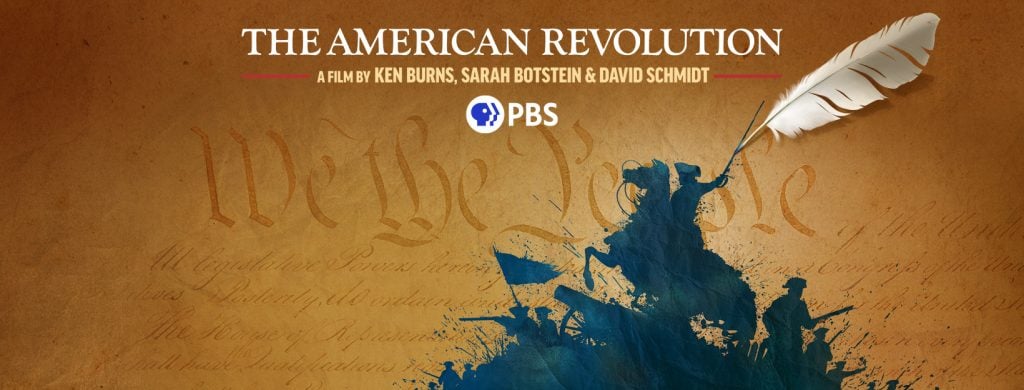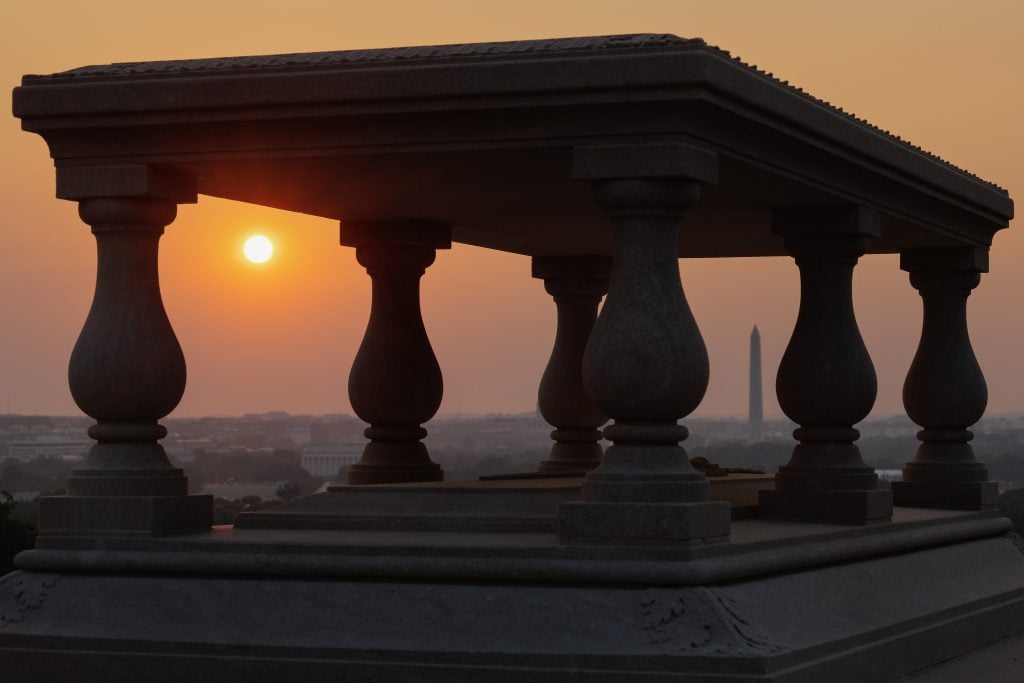“How can we live together?” is a central question both in the work of building an interfaith America and for religion journalists covering our diverse democracy.
The 2025-26 Religion News Service and Interfaith America religion journalism fellows convened in Chicago for a writing and reporting workshop last week. They learned practical approaches to and tips for reporting religion and had conversations about Interfaith America’s vision for interfaith cooperation, exploring what brings them to this work and what it means to cover individuals and communities of faith.
New Yorker staff writer and veteran of the religion beat Emma Green joined fellows and IA staff for a virtual Q&A session on Monday, Nov. 11, moderated by RNS’s Paul O’Donnell. During this talk, Emma spoke about her career, the evolution of religion reporting in traditional media, and her writing, which explores the boundaries of pluralism.
Whether you are a journalist or someone who pursues interfaith work, here are four useful takeaways from the two-day workshop and Q&A conversation:
1. Religion journalists play a vital role in shaping communities’ knowledge about and attitudes toward faith communities.
Fellows were introduced to the Interfaith Triangle, a way of thinking about interfaith leadership that outlines how attitudes about other religious and ethical traditions, knowledge of those traditions, and relationships with others of those traditions interact and influence one another.
The group reflected that a story about a religious community or idea could play a key role in influencing a reader’s understanding of that tradition, especially if the article is the reader’s first or only exposure to that tradition.
“There’s something good that comes from sharing different perspectives and worldviews in a really careful way, and having readers have to wrestle with viewpoints that are not their own,” Green said in the Q&A.

2. As a journalist, reflecting on your own traditions and values strengthens your ability to report with precision and care.
In a workshop session on developing an ethic of interfaith cooperation, fellows had the opportunity to reflect on their own worldviews and biases, considering what draws them to this work and the strengths they bring to reporting on faith communities.
3. Building relationships and listening are essential to accurately representing religious groups.
When asked how she educates herself on religion and builds knowledge on a faith or topic, Green shared “I read a lot. I subscribe to a ton of newsletters [. . .] I also talk to people all the time. To me, one of the most valuable ways to build up a beat is by having conversations with people, if you’re able to, before you need them for a quote.”
Building genuine relationships is essential in the work collaborating across difference, and one-on-one relationships greatly influence how groups are perceived and represented.

4. In-person connection is invaluable.
The religion beat is unique. It’s one editors often see as optional, and coverage of religious communities sometimes lacks the nuance or fluency required for accurate and sensitive reporting.
Understanding religion and having religious literacy are crucial for understanding politics, culture, and how we can live and work together.
For these reasons, the opportunity for religion journalists and professionals in the religion space to gather, exchange ideas, and support one another is crucial.




